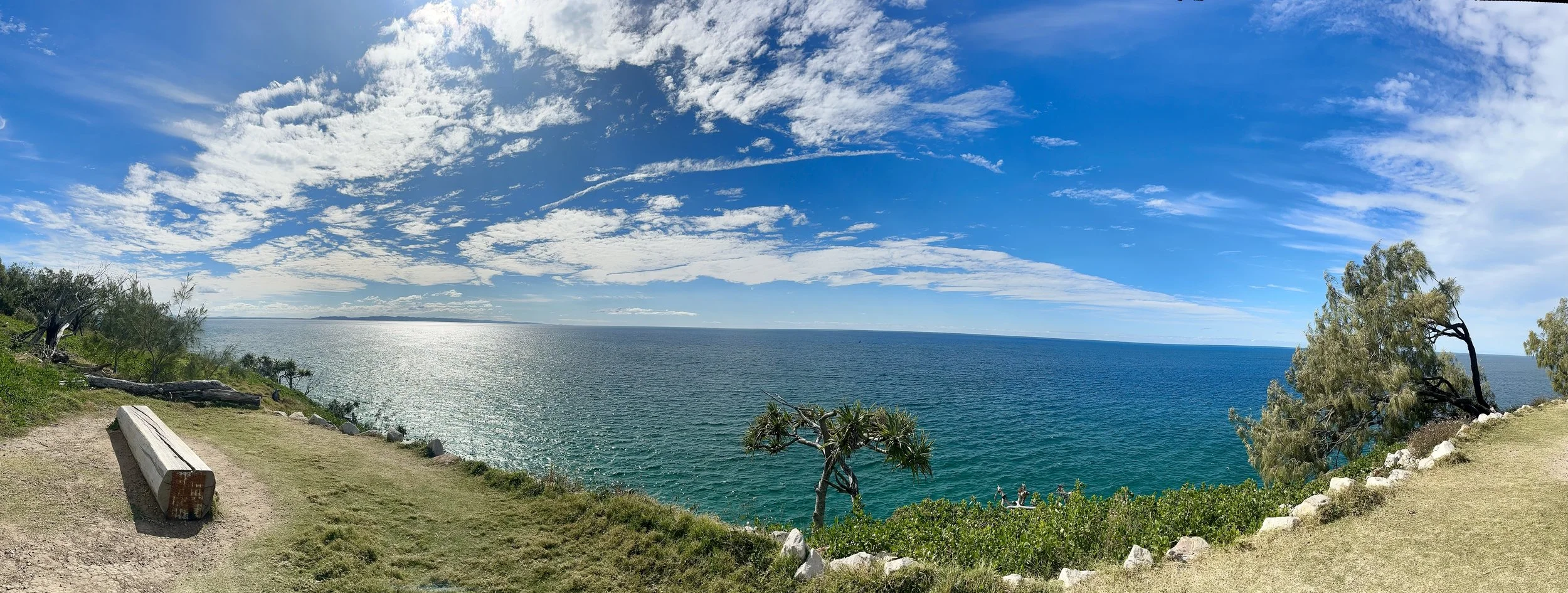A long time ago, in a city-centre far far away
/The new cast of the next Star Wars movie join the old to read through the script.
I was, like many other millions around the world, completely blown away by this great photo of the new cast for Star Wars 7. The chosen cast are a wonderful mix of iconic American cinema heroes (plus Mark Hammill) and up and coming Brits who very few have heard of today, but who will have their visages imprinted on billions of viewers minds two years from now.
Like many readers here, I excitedly queued around the block, in my case outside the Odeon Cinema, Bradford, to see the original Star Wars. The movie had already been out for some months in the US, but in the pre-internet era, reviews and glimpses of the film were scarce and enigmatic. It came as a complete and utter smack in the mind when we eventually saw it. The cinema even illuminated the overhead spinning mirrorball as the titles came up. Like some ancient tale, writ-large with feisty princesses, knights with light-sabres and a masked bad guy who needed an inhaler. And like all great cinema, at it's heart a (yet undiscovered) dysfunctional father-son relationship to end all others.
I recently went back to Bradford. The grand old (vast!) cinema now looks like this:
Ironically perhaps, the derelict building (click to see the trees growing around the domed-roofs) stands just yards from the snappily named National Media Museum, which used to be called the less snappily named National Museum of Photography, Film and Television. With even more delicious irony, the site where one of this much loved cinema once flung open its doors is now officially at the heart of the World's First UNESCO City of Film. A derelict cinema stands next to The Alhambra theatre, which, by all accounts thrives.
In the foreground you can see a pond. Yes. A pond. And there lies just one aspect of a sorry tale or ambitious property developers and incompetent Councillors, misguided by a post-millennium vision of City Centres as "urban communal congregation hubs for civic integration", or something. Several million of investment resulted in the civic heart of the City becoming a pond and the rest of the City centre being laid to waste.
In 2006, the shopping district of the City Centre was sold off to Westfield, an Australian property developer who have since successful developed 'high-end' retail destinations in West and East London. While the Westfield millions were well executed in London, after they had finished demolishing Bradford City Centre, the global financial markets crashed and this rather inconveniently left a once proud City with (literally) a hole in the middle. The project was mothballed until 2008 when work began on creating a temporary park on part of the site. In January 2014, some eight years after demolition work resumed on the construction of some shops. A tragic tale for the City, though not tragic enough to make headlines elsewhere.
I am writing this a couple of days after visiting the cinema to see another tragic tale, King Lear. This was part of The National Theatre's creative scheme for broadcasting key productions as live and on Thursday evening I was sat in a packed cinema watching Simon Russell-Beale as the mad old King who loses everything while his gullible friend has his eyes gouged out. The simulcast was live to over 1,000 cinemas around the world. A massive audience who would never have seen the production on London's South Bank. And a third of the cost of the normal seat. It's an unusual experience, compelling, but not really cinema and not really theatre. But I am probably about a decade behind the adoption curve and simulcast will undoubtedly grow and grow as the technology, sound-scape and visual impact becomes even more profoundly good than it already was this week. So in Bradford, live theatre thrives (with a very healthy public subsidy, I am sure) and the cinema dies and grows trees. Maybe in a cinema in Beckenham this week, there was a glimpse of something that might save other old cinemas?










